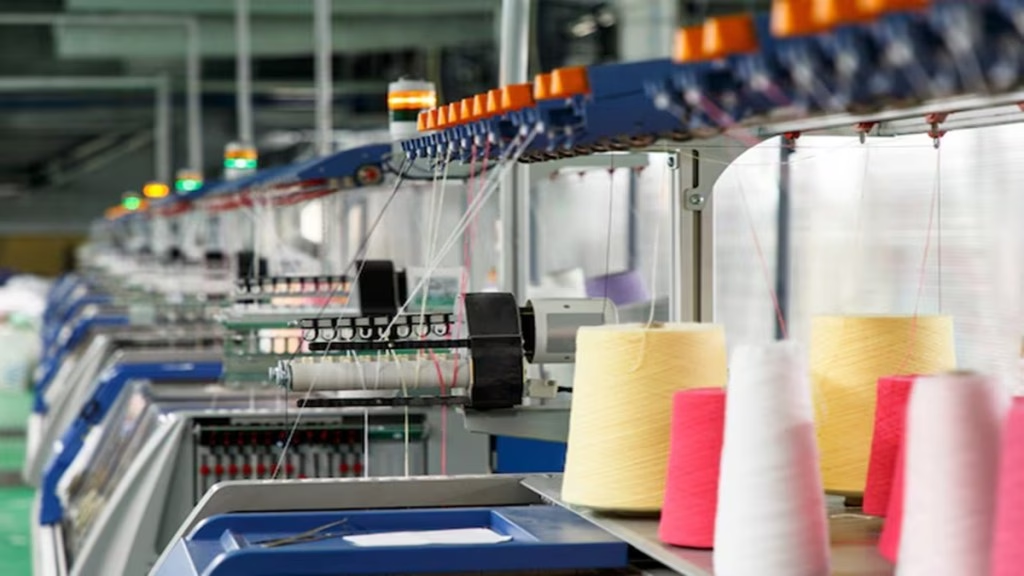The Central Goods and Services Tax (CGST) department has been scrutinizing textile manufacturing companies for misclassifying their services, specifically related to textile processing activities. Many companies are reportedly labeling transformative processes like bleaching and printing, which significantly change the nature of the fabric, as “washing and dyeing” services to benefit from a lower tax rate of 5%. These processes, which fall under “job work services” in the textile industry, are supposed to attract a GST rate of 18% if they involve substantial changes to the fabric’s essential characteristics.
The issue stems from ambiguity in GST classifications, leading manufacturers to misclassify services and pay a lower tax. The misinterpretation has resulted in significant tax shortfalls, potentially running into hundreds of crores, and causing a revenue loss for the government.
Tax experts argue that the confusion arises from the multiple GST rates and unclear definitions surrounding textile processing activities. While some view this as an intentional misclassification, others emphasize that the GST law’s ambiguity is to blame. This has been an ongoing issue since the GST was implemented in 2017, with debates over the appropriate tax rate for processes like dyeing and printing.
Despite the government’s efforts, including a proposal during the 45th GST Council meeting to increase the rate of dyeing and printing services to 12%, the proposal was not passed. Experts are calling for clearer guidelines and a definitive resolution to ensure proper classification and tax payment in the textile industry.
